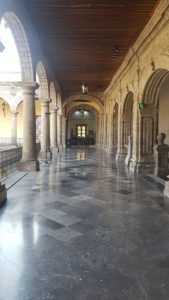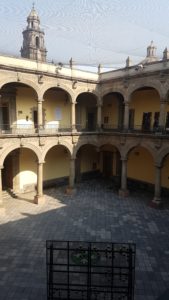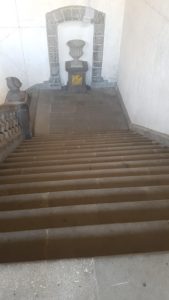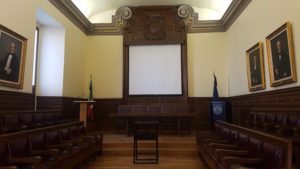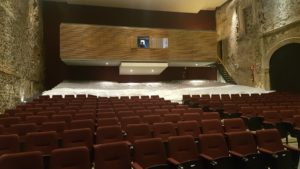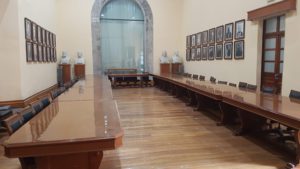Conference Venue
The Palace of the School of Medicine
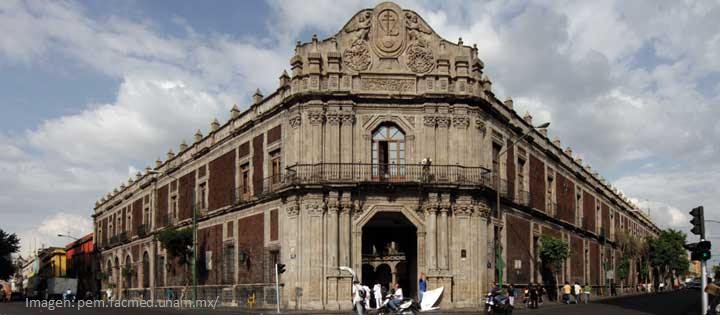
The Palace of the School of Medicine is the former Palace of the Inquisition, constructed by architect Pedro de Arrieta in the 1730´s (who also built the Basilica of Guadalupe, amongst other buildings). It was the seat of the Tribunal of the Holy Office of the Inquisition for 84 years, until the court was definitively closed in 1820.
Several years of abandonment ensued as the myths surrounding its turbulent history wore off potential buyers. It was subsequently used as the offices of the government of the State of Mexico, National Lottery and the first home for the Military College. In 1854 it was transformed from a baroque palace into the School of Medicine. The most influential leaders in Mexican medicine have graced these halls from innovators in medicine, surgery and hospital care to the founders of high specialty institutes, amongst others.
The school functioned as a boarding school for students with a chapel which housed the Academy of Science. In the first Centenary, the palace had a makeover but deteriorated greatly. In 1956 this National School of Medicine was incorporated into the National Autonomous University of Mexico (UNAM) and moved to what is the current day the University City. In 1972 the Department of Medical History and Philosophy of the School of Medicine took over the palace, initiating fundraising for its renovation in a project called ¨Let´s Breath Some Life into the Past¨. History and philosophy classes started here once again. In 1980 the Museum of Mexican Medicine has formally established housing precious objects from pre-hispanic origins to modern-day, and an extensive library, unique to Latin America. The Palace of Medicine has had many revivals. Aligned with the UNAM mission, it is now a hub for academia, research and the dissemination of culture. TUFH 2020 will take place in this unique setting, where the sessions will be happening within and throughout the palace. We welcome you to this historic venue in downtown Mexico City, steps away from the central square the Zocalo, pyramids built during the Aztec empire and a myriad of museums and folklore.

